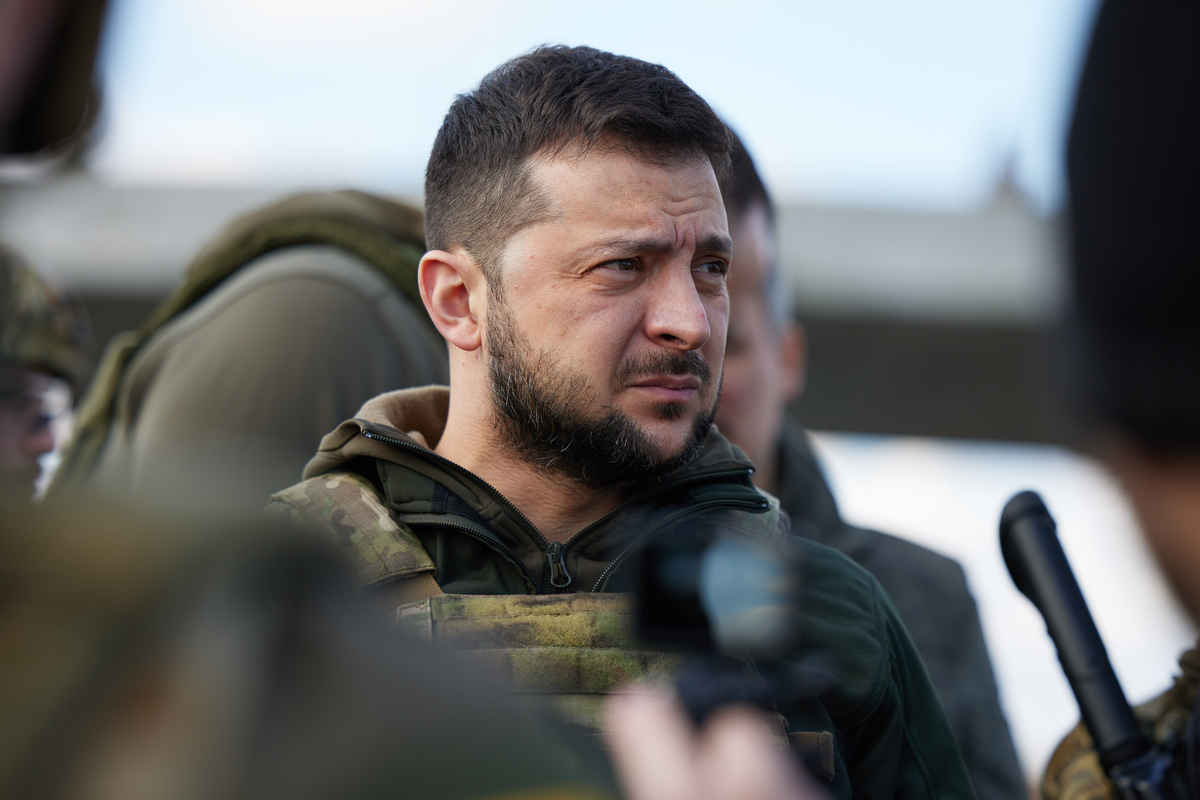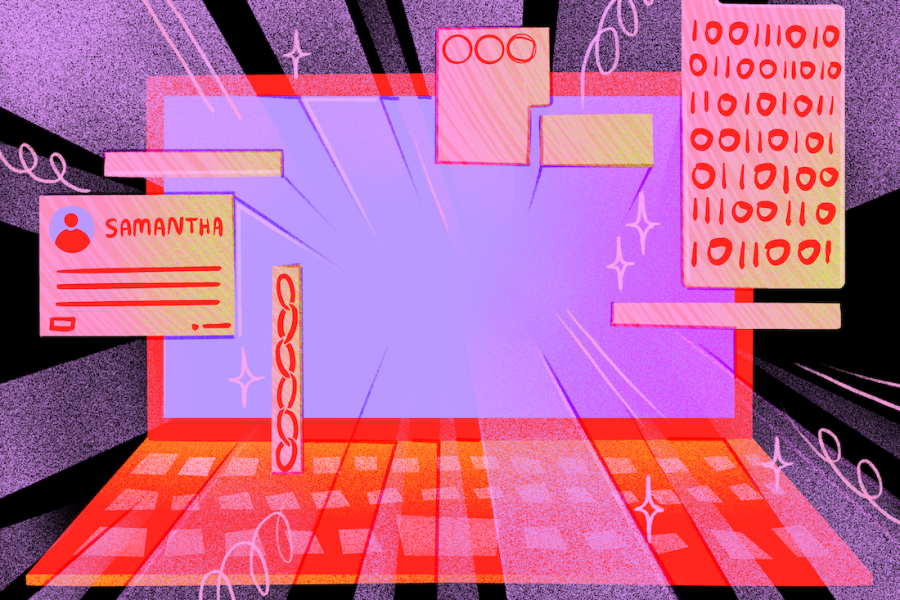Many civilians, including children, are still trapped inside Mariupol in Ukraine after Russia declared the city captured on April 21, following a long siege. According to Ukrainian President Volodymyr Zelenskyy, a prolonged halt and ceasefire is needed to ensure a safe and effective evacuation as Russian troops continue the assault. After a failed attempt to capture Ukraine’s capital city Kyiv in the earlier stages of the war, Russian military forces shifted focus and intensified attacks on the eastern and southern parts of the country.
The port to the Azov Sea in Mariupol is one of Russia’s main targets, as it is crucial for Moscow’s efforts to cut off Ukraine from the Black Sea where goods such as grain and metal are exported. It is also linked to a piece of territory that is under Russian rule.
The United Nations and Red Cross evacuated some civilians from Mariupol, with more expected to be evacuated in the coming days. However, around 200 Ukrainian civilians and troops are trapped and held in a network of underground bunkers in the Azovstal steel plant, according to Ukrainian officials. Russia did vow to halt military operations, to allow withdrawal of civilians from danger zones. In an address, Zelenskyy stated that Ukraine will stand ready to ensure a ceasefire in Mariupol.
“It will take time simply to lift people out of those basements, out of those underground shelters,” Zelenskyy said. “In the present conditions, we can not use heavy equipment to clear the rubble away. It all has to be done by hand.”
Over 300 civilians were evacuated on Wednesday from Mariupol and other areas in southern Ukraine as part of a joint United Nations-Red Cross operation, according to U.N. humanitarian coordinator for Ukraine Osnat Lubrani.
“While this second evacuation of civilians from areas in Mariupol and beyond is significant, much more must be done to make sure all civilians caught up in fighting can leave, in the direction they wish,” Lubrani said.
Meanwhile, the European Union initiated further sanctions on Russia for its invasion of Ukraine, targeting Russia’s oil sales. Germany, which is Russia’s biggest energy customer, could deprive Russia of a large revenue stream within days.
The European Commission proposed a sixth package of sanctions by the EU this week which may also include an embargo on purchasing Russian oil. Officials from Kyiv stated that Russia’s energy exports to Europe—now largely exempt from international sanctions—fund the Kremlin war efforts with millions of euros a day.
“This package should include clear steps to block Russia’s revenues from energy resources,” Zelenskyy said in his nightly video address.
Germany, however, indicated preparation to back the EU, despite the fact that German Chancellor Olaf Scholz has been under immense pressure to take a firmer approach in supporting Ukraine.
“We have managed to reach a situation where Germany is able to bear an oil embargo [on Russia],” said German Economy Minister Robert Habeck.
Sanctions are not to be lifted until Russian President Vladimir Putin signs a peace deal, Scholz said in an interview with German ZDF public television
Ukraine also continues to prepare for the potential intensification of the Russian invasion due to Russian allies. According to a spokesperson for the Ukrainian State Border Service, Kyiv will be ready if Belarus joins Russia’s war effort in Ukraine. Belarus is a close ally of Russia and has indicated that a large-scale military operation had begun on Wednesday to ensure its combative readiness. However, Belarus claimed to pose no threat to neighboring countries.
“We do not rule out that the Russian Federation could at some point use the territory of Belarus, the Armed Forces of the Republic of Belarus, against Ukraine,” said Andriy Demchenko, spokesperson for Ukraine’s State Border Service. “Therefore, we are ready.”
Russia launched the initial invasion of Ukraine after conducting joint military drills with Belarus—which allowed Russia to move its troops closer to the Ukrainian border. Russian shelling fell on Ukrainian territories adjacent to Belarus in earlier stages of the invasion, but Russia has now shifted its focus to eastern and southeastern parts of Ukraine.
Tension has risen near Transnistria—internationally considered still part of Moldova, though under Russian influence—after Ukraine reinforced the border there. Local authorities said the area was subject to a series of attacks, and Ukrainian officials condemned what it called Russian attempts to drag the region into Russia’s war against Ukraine.
Kent Logsdon, the U.S. ambassador to Moldova, described Russia’s invasion of Ukraine as an attempt to redraw the map of Europe at gunpoint, but noted that the U.S. had no evidence Russia wanted to extend the war to Moldova.
On Monday, Ukraine’s military said Russian forces were trying to take over the frontline Luhansk town of Rubizhne and prepare an assault on nearby Severodonetsk. The heaviest clashes took place around Popasna, farther south. Shelling was so intense it was not possible to collect bodies, according to regional Governor Serhiy Gaidai.
“I don’t even want to speak about what’s happening with the people living in Popasna, Rubizhne and Novotoshkivske right now,” Gaidai said. “These cities simply don’t exist anymore. They have completely destroyed them.”






